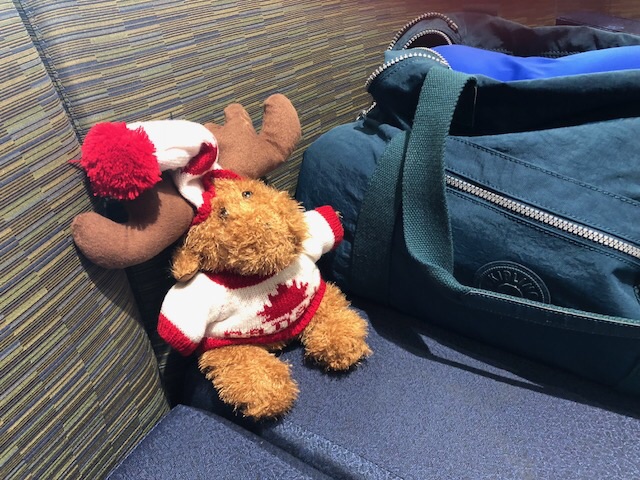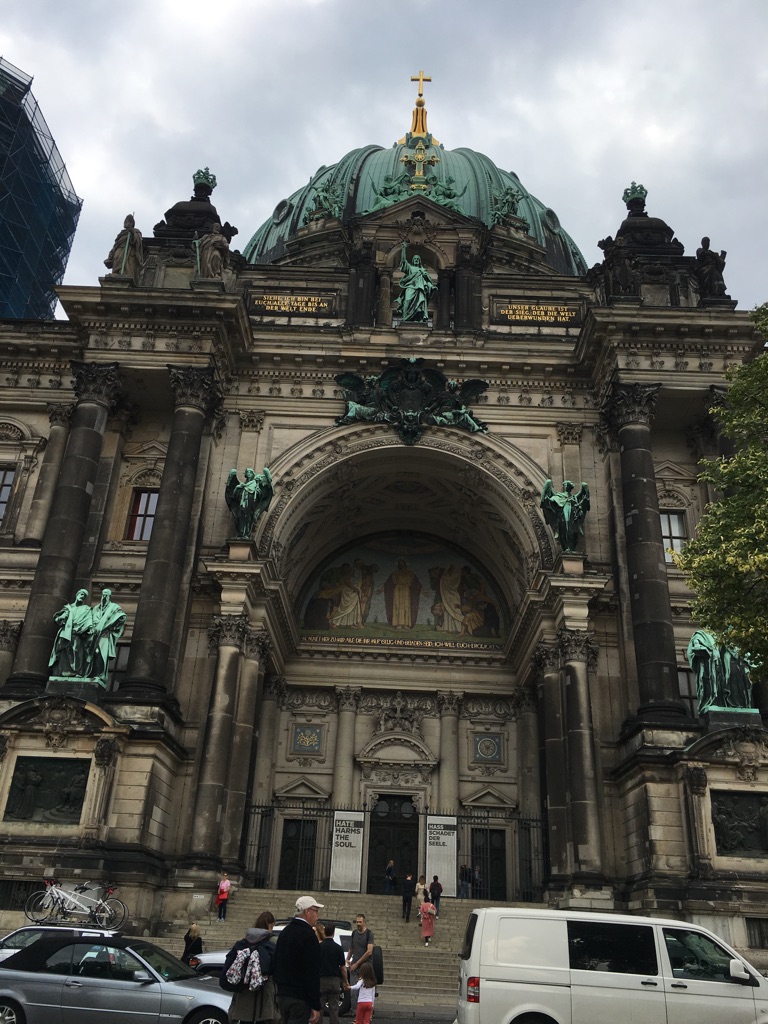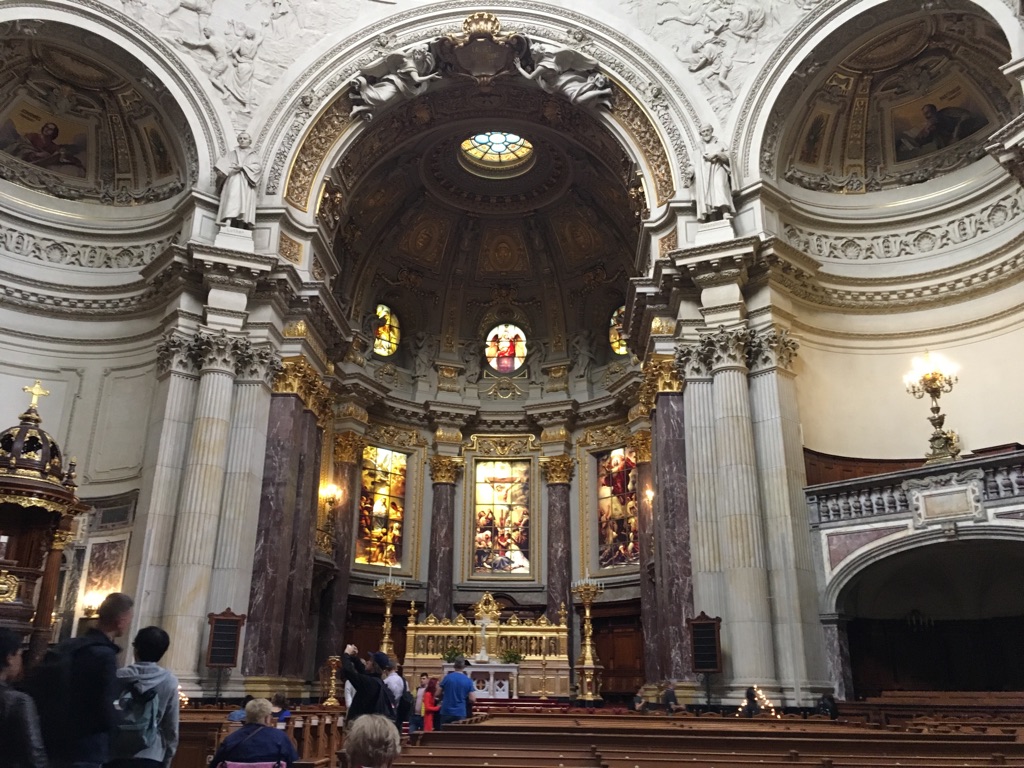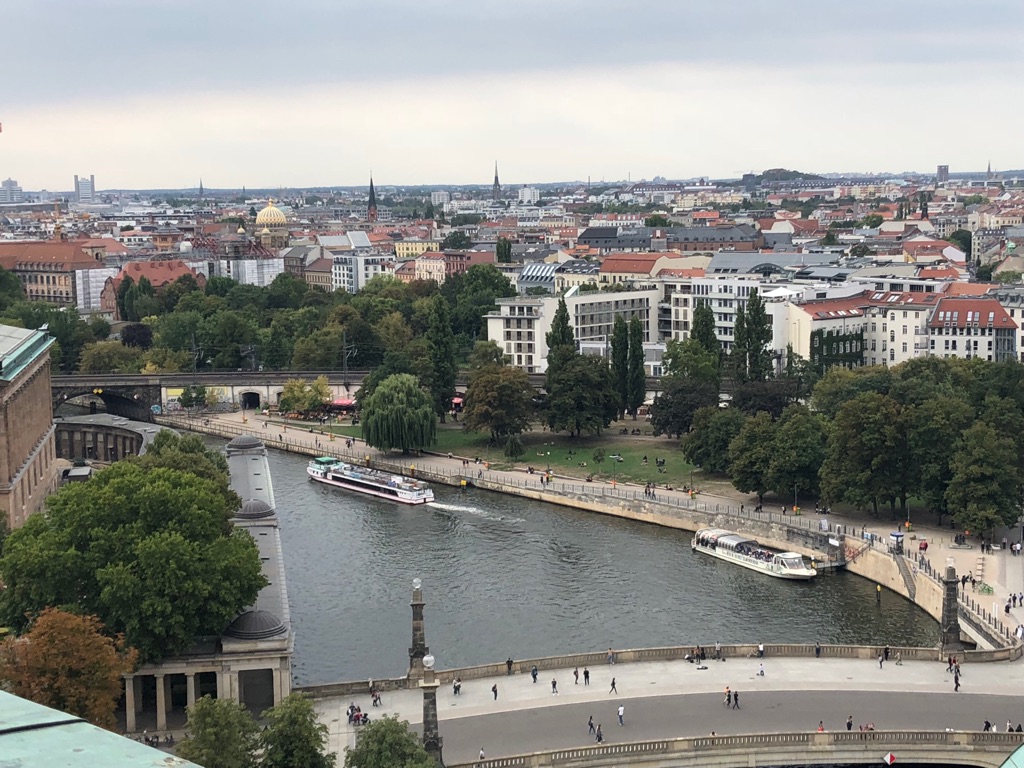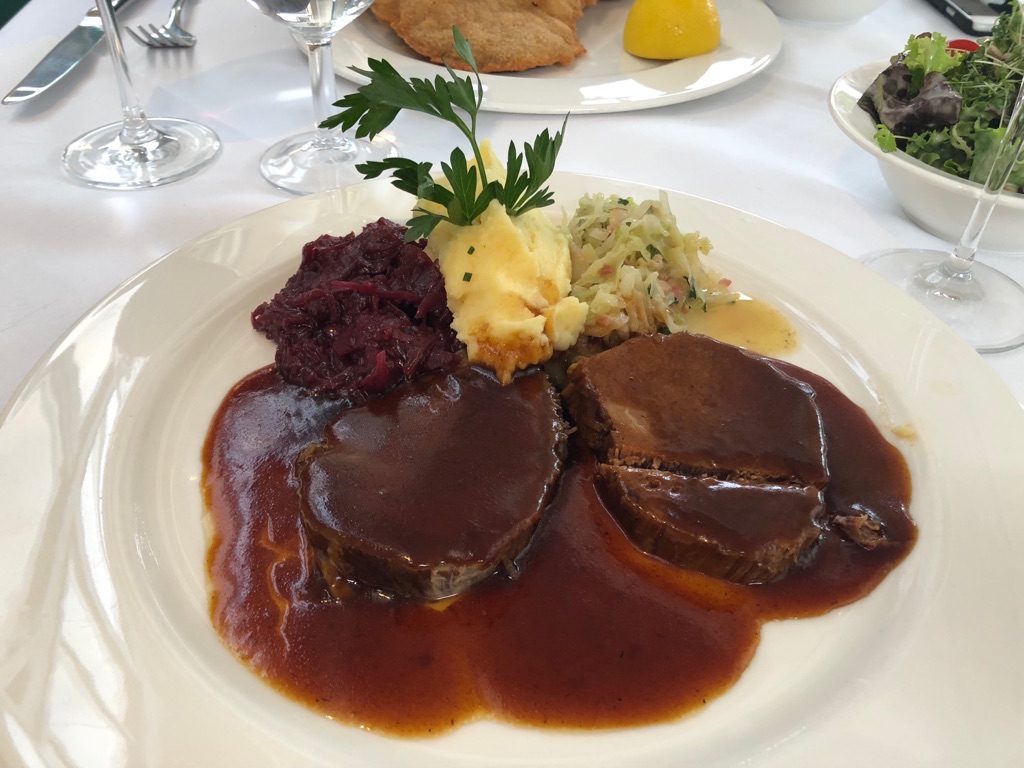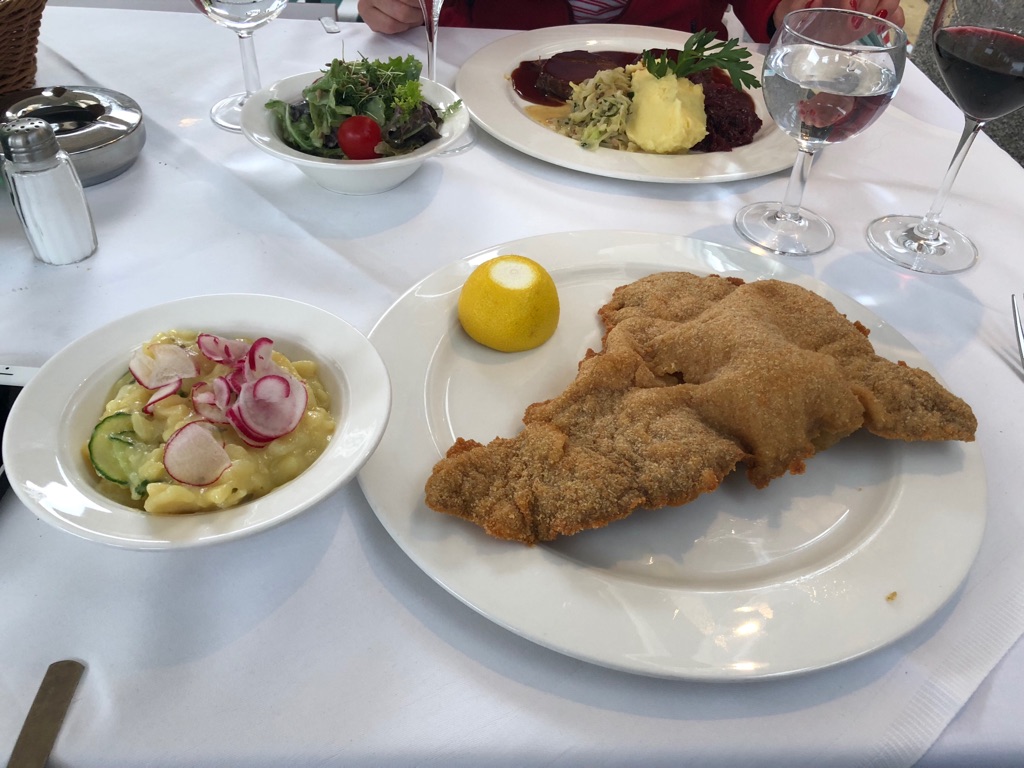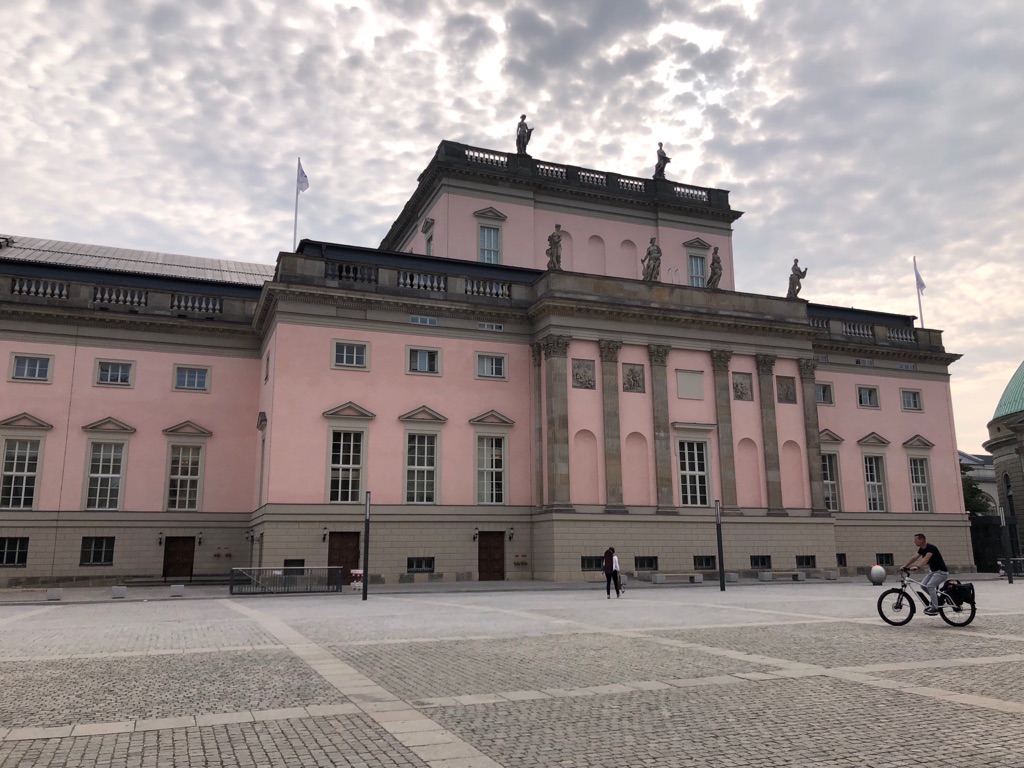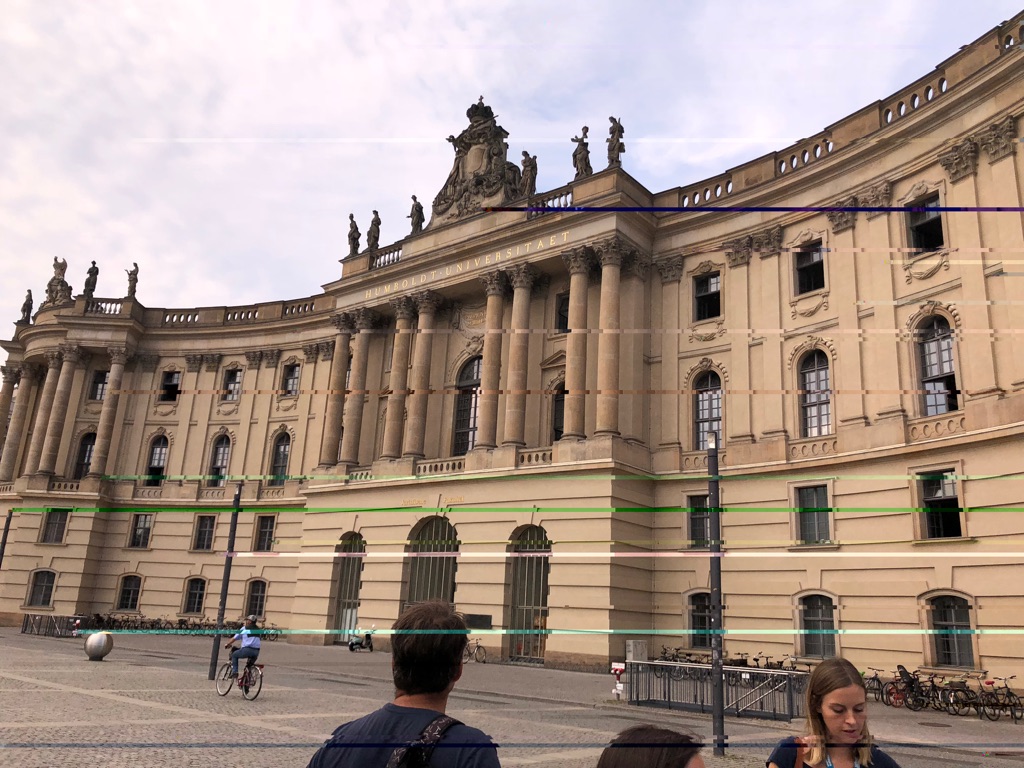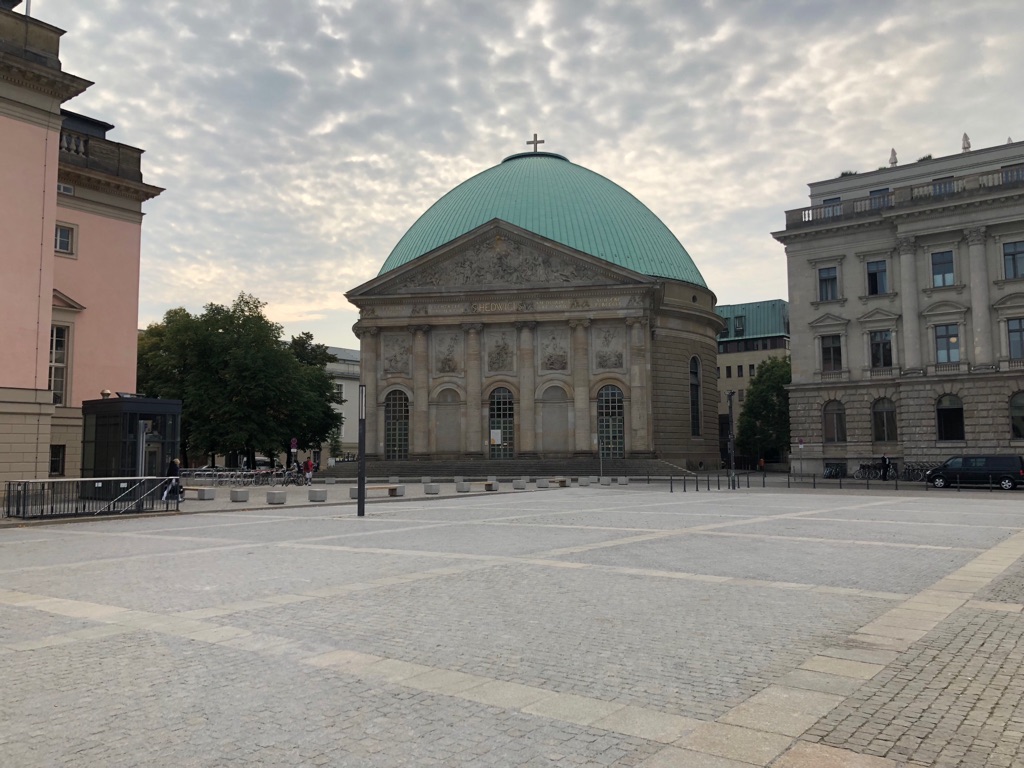Our Monday began with a 4-hour guided walking tour. Our guide, Lynsey, began by recapping 800 year’s of Prussian and German history in 8 minutes. I had forgotten that the Prussian empire ran from 1701 until the end of WW I in 1918. Interesting how the oppressive terms of settlement of WW I led to WW II.
In order to make opera accessible to the people, King Frederick II of Prussia commissioned the Opera building on Bebelplatz square in July 1741. To make knowledge accessible he also built a library on the square (which is now part of Humboldt University). To promote religious tolerance, he donated the land on which St. Hedwig's Roman Catholic Church was built. He wanted to be known as a philosopher king.
Ironic that Bebelplatz square was the site of the first book burning, on 10 May 1933, of upwards of 25,000 volumes of "un-German" books, as designated by Joseph Goebbels.
Opera House on Bebelplatz Square.
St. Hedwig's Roman Catholic Church.
From there, we walked down Unger den Linden Boulevard which runs from the Stadtschloss royal palace (which is currently being rebuilt, after being demolished in the 1950’s by the East Germans) to the Brandenburg Gate. We stopped at the sculpture of 'Mother with her Dead Son', the Russian Embassy, the “Ghost Station”, the American Embassy, and the €10,000 per night hotel where Michael Jackson introduced Blanket by holding him out an upper floor window.
Käthe Kollwitz's sculpture 'Mother with her Dead Son'.
Peggy at Brandenburg Gate.
Then we visited Pariser Platz, the location of Hitler’s bunker and the Holocaust Memorial. Walking through the Memorial was very moving.
Memorial to Murdered Jews of Europe.
Memorial to Murdered Jews of Europe.
We viewed the outdoor exhibit of the Topography of Terror Museum, situated at the former Gestapo and SS Headquarters.

Foundation of Gestapo and SS Headquarters at Topography of Terror Museum.
The Schutzstaffel (SS) was one of the most powerful organizations in Nazi Germany. It was the foremost agency of security, surveillance, and terror within Germany and German-occupied Europe.
The General-SS was responsible for enforcing the racial policy of Nazi Germany. The Armed-SS consisted of combat units within Nazi Germany's military. The SS-TV ran the concentration camps and extermination camps.
The SS was the organization most responsible for the genocidal killing of 6 million Jews and millions of other victims in the Holocaust. The SS was also involved in commercial enterprises and exploited concentration camp inmates as slave labor. After Nazi Germany's defeat, the SS was judged by the International Military Tribunal at Nuremberg to be a criminal organization.
The Gestapo, an arm of the SS, had the authority to investigate cases of treason, espionage, sabotage and criminal attacks on the Nazi Party and Germany.
Georg Elser, who attempted to assassinate Hitler is honored by a nearby sculpture.

Sculpture of Georg Elser, who planted a bomb in an attempt to assassinate Hitler on November 8, 1939. He planned everything down to the last detail. Elser spent many evenings at the Bürgerbräukeller Beer Hall. He would eat a simple meal and wait for the last guests to leave. Then, bit by bit, for thirty nights, he worked at hollowing out a column in the beer hall basement, where he ultimately placed his explosives and detonator. It was a column that meant to rain down on Hitler in an explosion. \240But Elser's scheme went awry when Hitler ended his speech earlier than planned and left the Bürgerbräuhaus. Less than 15-minutes later Elser's bomb exploded. The explosion killed eight people and injured many more, but not Hitler. There, where the dictator had stood moments before lay a heap of rubble. During interrogations Elser revealed his motivations: "I wanted to prevent the war".
Lynsey told us about the Berlin Wall separating families.
BerlinWall.
Mutter Hoppe for lunch:
Peggy’s cauliflower and broccoli on mashed potatoes, baked with buttery cheese.
My Braiseknuckle of Pork on wine sauerkraut.
Then off to the Neues Museum, which was not our favorite, except for Nefertiti.
Bust of Nefertiti, who was an Egyptian queen.
Back to the hotel for a nap, then out for dinner.
